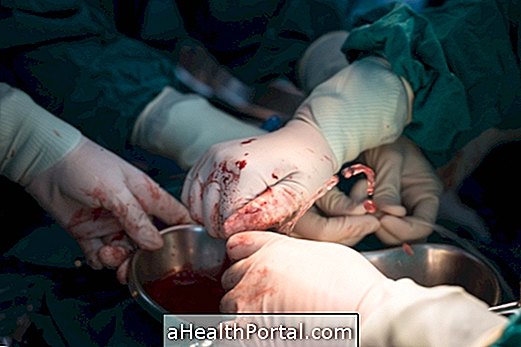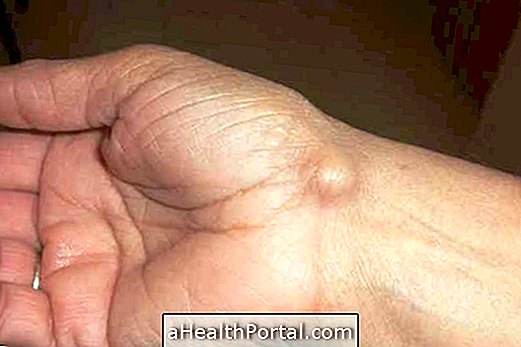Breast calcification occurs when small calcium particles spontaneously deposit in the breast tissue due to aging or breast cancer, for example. According to the characteristics, the calcifications can be classified in:
- Benign calcification, which is characterized by large calcifications, and must be accompanied by mammography every year;
- Probably benign calcification, in which macrocalcifications have an amorphous aspect, and should be followed up every 6 months;
- Calcification suspected of malignancy, in which grouped microcalcifications can be observed, being indicated the biopsy to verify possible neoplastic characteristics;
- Highly suspected malignant calcification, which is characterized by the presence of microcalcifications of varied sizes and high density, being recommended biopsy and, in most cases, surgical removal.
Microcalcifications are usually not palpable and may be related to breast cancer, and mammography identification is important. Macrocalcifications, on the other hand, are typically benign and have an irregular shape, and can be identified by means of ultrasonography or mammography.
Breast calcifications usually do not generate symptoms and can be identified in the routine exams. From the evaluation of the characteristics of the calcifications, the doctor can establish the best form of treatment, being indicated in the suspected calcifications of malignancy the surgical removal, use of medicines or radiotherapy, for example. See the exams that detect breast cancer.

Possible causes
One of the main causes of breast calcification is aging, in which the breast cells undergo a degenerative and gradual process. In addition to aging, other possible causes of calcification in the breast include:
- Remnants of breast milk;
- Infection in the breast;
- Breast injuries;
- Points or implantation of silicone in the breasts;
- Fibroadenoma.
Although it is most often a benign process, the deposit of calcium in the breast tissue may be a sign of breast cancer and should be investigated and treated by the doctor if necessary. See what are the main symptoms of breast cancer.
How is the diagnosis made?
The diagnosis of breast calcifications is usually made through routine exams such as mammography and breast ultrasonography, for example. From the analysis of the breast tissue, the doctor can choose to perform the breast biopsy, which is done by removing a small fragment of the breast tissue and sent to the laboratory for analysis, and normal or neoplastic cells can be identified. Know what the biopsy is and what it is for.
According to the results of the biopsy and the examinations requested by the physician, it is possible to verify the severity of the calcification and to establish the best treatment, which is usually indicated for women with suspected calcifications of malignancy, recommending the surgical removal of calcifications, use of medications or radiotherapy.
























